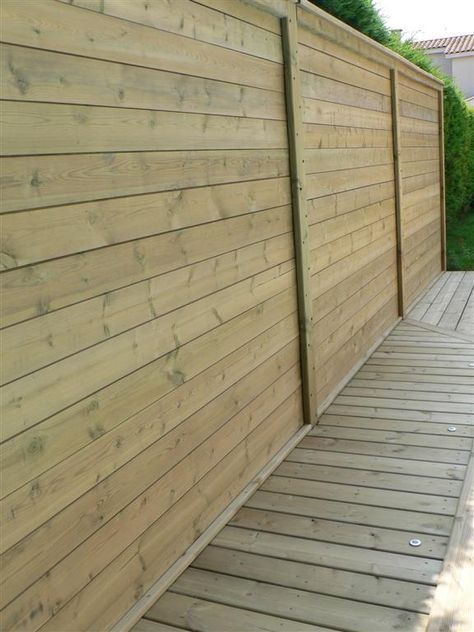Residential Sound Barrier Walls

A fence intended to serve as a noise barrier or sound barrier will typically use thick tongue and groove boards in order to form an impervious barrier.
Residential sound barrier walls. This is because noise moves in straight lines for the first 10m then changes into vertical waves. These absorptive or reflective sound barrier wall systems are easy to install with local crews and light equipment. The sound barrier wall system is an acoustically absorbent high transmission loss noise barrier wall system. When it comes to heavy brick and stone are great but impractical for retrofitting your interior walls.
In most cases for best effectiveness you will need a fence that is at least 12 15 feet high. It is not enough for the barrier to block the noise source from view because sound doesn t just travel in straight lines. Common highway sound walls work by blocking sound. These boards are nailed to heavy rails which in turn are supported by heavy posts.
The operative word for noise barriers is obviously heavy. The higher the better. As with many asc products the core of a residential soundfence panel is made from medium density fiberglass which has been sealed to contain loose fibers. All fabric and adhesives are carefully chosen to ensure acoustic transparency so the sound absorbing material is allowed to do its job.
They are ideal for absorbing and blocking unwanted noise from commercial industrial residential or traffic noise applications. Sound wall barriers are noise pollution control systems used for residential commercial industrial and municipal noise abatement. The sound wall and sierra wall simultaneously screen industrial operations from nearby landowners provides a noise barrier wall and protects businesses from intruders. Proximity to the sound.
Complex zoning problems created by the need for industries and homeowners to coexist in harmony are tastefully resolved to the benefit of all by the sound barrier and sierra wall. Silent protector noise walls are a maintenance free alternative in the sound mitigation wall industry. Standard noise walls are manufactured from a variety of materials including wood vinyl plastic and composites. The easiest strategy is to add a second layer of drywall to build up a thick sound deadening barrier.
The noise wall should be as close as possible to the road acting as a physical barrier between house and noise if you live on the high side of the road you may need a taller wall. To effectively block noise outdoor sound walls need to be tall.














































